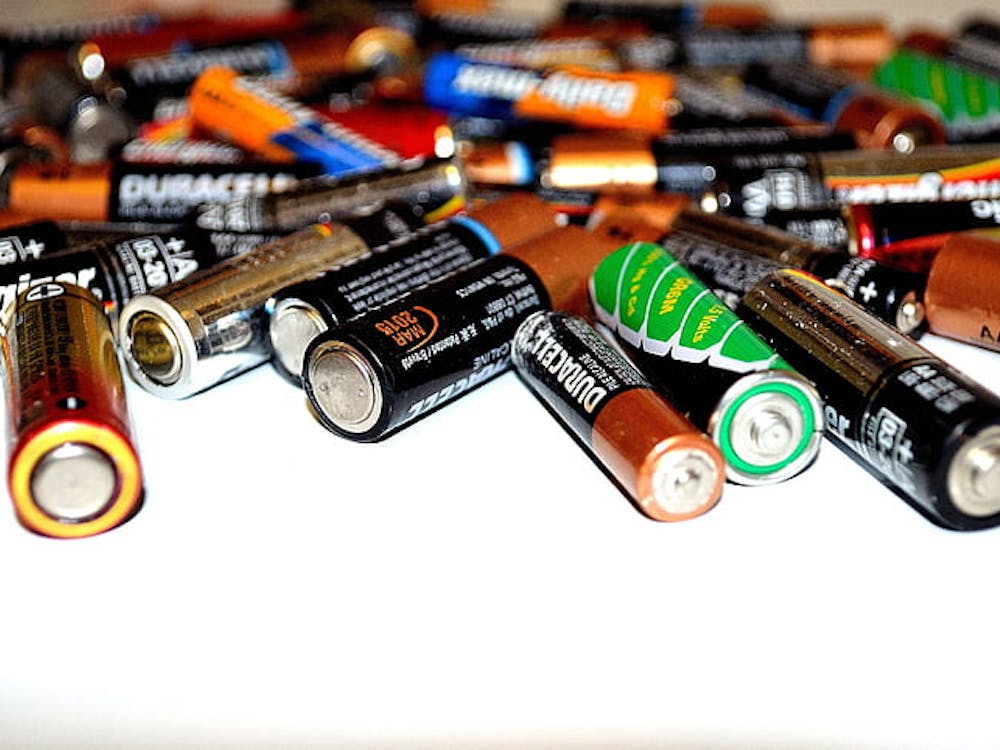3D Printing used to create medical gear amid shortage during COVID-19 outbreak
As the novel coronavirus (COVID-19) spreads across America, shortages in ventilators and personal protective equipment (PPE) are becoming increasingly dire for health-care providers in this crisis. In a study published on March 25 by the New England Journal of Medicine, researchers estimated that the number of ventilators that may be necessary to care for U.S. patients with COVID-19 will be between several hundred thousand and one million.
Engineers and architects around the country are stepping up to help alleviate the crisis by using 3D printers to produce PPE, including face shields and ventilator parts.
In a press release on March 24, Hewlett-Packard announced plans to begin work on 3D printing field ventilators for short-term emergency ventilation of COVID-19 patients. The expected product would be less complex than the traditional ventilator, which would allow for quicker production and assembly.
University campuses with 3D printers have turned into emergency production centers for face shields. In an interview with The Verge, Cornell University Associate Professor Kirstin Petersen noted the progress of the volunteer effort at Cornell.
“We reached out to everyone we know with 3D printers and we grabbed all the 3D printers we could [from campus]... It really took off from there,” Peterson said. “Over the course of the 60 hours we’ve been working on this, we’ve multiplied from three volunteers to more than 50 volunteers, from five 3D printers to 106 3D printers.”
Erik Cederberg, a designer at the Swedish 3D printing company 3DVerkstan told The Verge that one of the main challenges of 3D-printed PPE is quality control.
“Frankly, we can’t control what people are printing. But we did make the model as simple as possible, so that it is very difficult to mess up,” Cederberg said.
Biotech companies sequence viral genetic material to fight COVID-19 outbreak
As COVID-19 spreads, it accumulates small mutations, as all viruses do when they evolve. Peter Thielen of the Hopkins Applied Physics Laboratory believes that the mutation rate of the virus is very small, meaning the virus is unlikely to become any more or less dangerous in the near future. In an interview with The Washington Post, Thielen noted that only around four to 10 genetic differences have accumulated since the virus spread in Wuhan.
“That’s a relatively small number of mutations for having passed through a large number of people,” Thielen said.
Though these specific mutations have not been worrisome, they can be useful for scientists in tracking the spread of the virus from one infected individual to the next.
Patrick Boyle, a synthetic biologist at Ginkgo Bioworks, told The Verge that his company has the technological ability to sequence the entirety of COVID-19’s genetic material. Though Ginkgo does not usually sequence viruses, they are shifting gears to sequence around 10,000 virus samples a day and plan on using viral sequences to map out the viral spread.
Mapping this genetic data is critical for identifying clusters of the illness. Virologist Trevor Bedford of the Fred Hutchinson Cancer Research Center used viral data to show how a case of COVID-19 diagnosed in late February in Washington was linked to a case in the same area in late January. Sequenced viral data was crucial for Bedford’s detection of the cluster of illnesses in a Washington community.
Other states are also beginning to use genetic sequencing to examine outbreaks in their locales. An analysis that has not yet been peer-reviewed or published of nine viral genomes from COVID-19 patients in Connecticut revealed that some of the samples were related to the viruses from Washington, suggesting that COVID-19 was spreading from domestic sources, rather than being brought in from other countries.
Coronavirus concerns delaying expansion of 5G into Europe
The COVID-19 outbreak has affected Chinese telecommunications company Huawei’s plans to roll out 5G mobile networks in Europe. Huawei’s senior executive Eric Xu noted to reporters in a press conference earlier this week that the delays may last until the pandemic can be controlled.
Victor Zhang, vice president of Huawei, noted in the press conference that the impact of the delays would likely be felt less in the United Kingdom (UK) than the rest of Europe. According to BBC News, to minimize impact on their supply chain, Huawei had placed several spare parts in UK warehouses when the virus had broken out in Wuhan.
Zhang noted that the demand for better coverage and bandwidth was high in Europe, especially in rural areas where existing coverage is insufficient for individuals working from home. Zhang explained that Huawei decided to discontinue the initial plans for 5G roll out in Europe out of concerns for safety.
“[We must] consider the health and safety issue, especially for protecting our employees and our partners,” Zhang said.
Zoom faces security issues with implications for consumer privacy
As social distancing has pushed millions of Americans into their homes and away from their work or study locations, use of the video conferencing platform Zoom has increased. The growth in users of Zoom, however, has been accompanied by security issues, including widespread reports of uninvited attendees “zoom-bombing” meetings. Incidents include uninvited guests displaying inappropriate images through the video feature or disrupting meetings with threatening language.
The Federal Bureau of Investigation issued a press release on March 30 warning of the risks of video conference hijacking. The press release also noted steps that should be taken to minimize the risk, which include sending meeting links directly to attendees rather than posting them on public websites and making meetings private by adding a password or employing the waiting room feature.
In a blog post last week, Zoom CEO Eric Yuan addressed the security concerns.
“We sincerely apologize for the concern this has caused, and remain firmly committed to the protection of our users’ privacy,” Yuan said. “We are reviewing our process and protocols for implementing these features in the future to ensure this does not happen again.”




